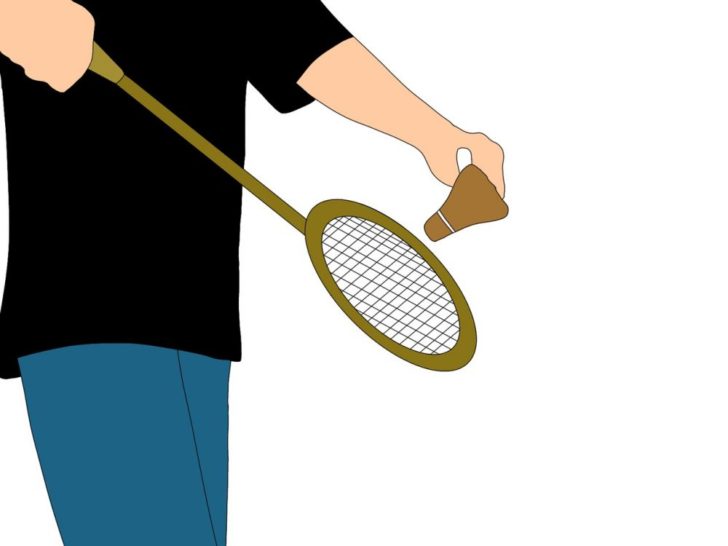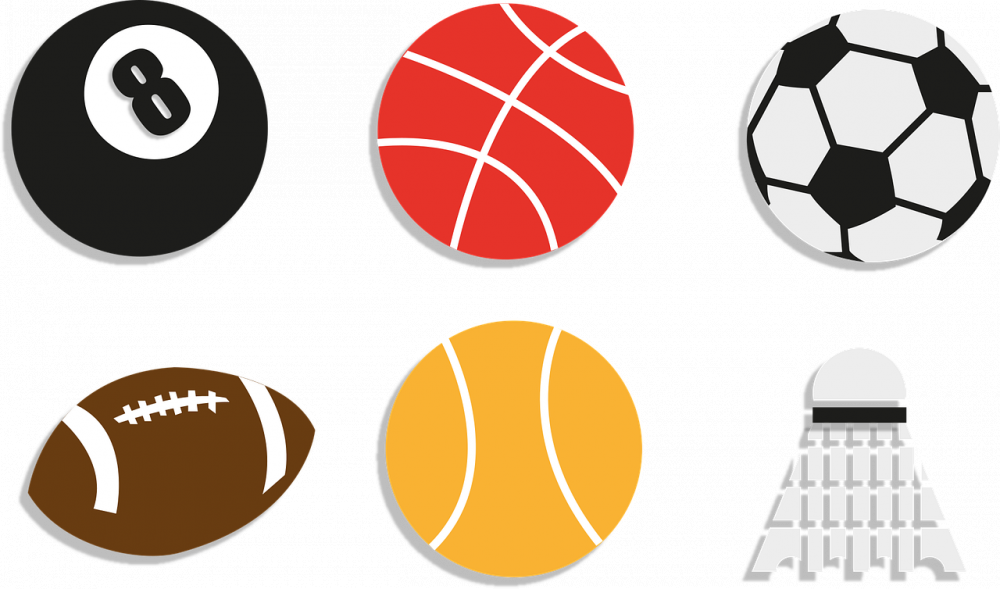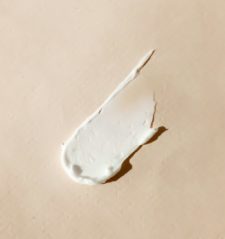Badminton Ball: An In-depth Guide to this Essential Equipment

Introduction:
The badminton ball, also known as a shuttlecock, is a crucial component in the game of badminton. It serves as the projectile that players use to hit back and forth across the net. In this comprehensive article, we will explore the various aspects of the badminton ball, including its types, popularity, quantitative measurements, differences between them, and a historical overview of their advantages and disadvantages.
1. Overview of Badminton Ball:

The badminton ball is a cone-shaped object consisting of several feathers or a synthetic skirt attached to a rounded cork or rubber base. Its unique design enables it to achieve optimal flight characteristics during gameplay. The feathers provide stability and drag, while the base ensures durability and consistent bounce.
2. Comprehensive Presentation of Badminton Ball:
2.1 Types:
There are two main types of badminton balls: feathered and synthetic. Feathered shuttlecocks are considered the traditional choice, made with real feathers from ducks or geese. Synthetic shuttlecocks, on the other hand, are made using synthetic materials such as nylon or plastic. Both types have their advantages and are used in different settings.
2.2 Popularity:
Feathered shuttlecocks are commonly used in professional tournaments due to their flight performance and authenticity. However, they are delicate and can be easily damaged, requiring frequent replacements. Synthetic shuttlecocks, on the other hand, are more durable and cost-effective, making them popular for casual play and training sessions.
3. Quantitative Measurements of Badminton Ball:
3.1 Speed:
The speed of a badminton ball is classified using a numbering system, with a higher number indicating a faster shuttlecock. Speeds typically range from 75 to 79, with 77 being the standard for professional play. The speed affects gameplay by influencing the time available for players to react and position themselves.
3.2 Flight Characteristics:
The flight characteristics of a badminton ball depend on its design, materials used, and speed. Factors such as stability, spin, and trajectory play a vital role in determining a shuttlecock’s quality. Wobbles, erratic flights, or unpredictable bounces can significantly affect the gameplay experience.
4. Discussion on Differences between Badminton Balls:
4.1 Feathered vs. Synthetic:
Feathered shuttlecocks offer a more authentic playing experience and greater control over shots due to their natural feathers and unique flight characteristics. Synthetic shuttlecocks, although lacking the same level of authenticity, provide consistent performance and durability, making them ideal for casual play.
4.2 Speed Variations:
Different badminton balls have varying speeds, as indicated by their designated numbers. A higher-speed shuttlecock requires more skill and precision to control, while a slower one allows beginners or junior players to learn and develop their techniques more effectively.
5. Historical Overview of Badminton Ball’s Advantages and Disadvantages:
Throughout the history of badminton, the development of shuttlecocks has had its share of advantages and disadvantages. Feathered shuttlecocks were traditionally used due to their natural materials, but were fragile and expensive. The introduction of synthetic shuttlecocks addressed these concerns and offered greater durability and affordability, although they lacked the same level of flight performance as their feathered counterparts.
Conclusion:
The badminton ball, whether feathered or synthetic, plays a crucial role in the game of badminton. Its design, materials, speed, and flight characteristics significantly impact gameplay. Whether professional or casual, players have a variety of choices to suit their needs and preferences. As the game evolves, so too does the badminton ball, ensuring an exciting and engaging experience for players worldwide.
By providing a detailed overview, comprehensive presentation, quantitative measurements, discussion on differences, and a historical analysis, this article offers a deep understanding of the badminton ball. Whether you’re a beginner, enthusiast, or professional player, knowing the ins and outs of this essential equipment will enrich your badminton experience.
FAQ
What are the main types of badminton balls?
What is the standard speed of a badminton ball?
What are the advantages of synthetic shuttlecocks over feathered ones?
Flere nyheter
Klassifisering av slakt: Rettferdig kvalitet, bedre beslutninger
Introduction: The badminton ball, also known as a shuttlecock, is a crucial component in the game of badminton. It serves as the projectile that players use to hit back and forth across the net. In this comprehensive article, we will explore the vari...
07 desember 2025
Face formula: En ny generasjon hudpleie
Introduction: The badminton ball, also known as a shuttlecock, is a crucial component in the game of badminton. It serves as the projectile that players use to hit back and forth across the net. In this comprehensive article, we will explore the vari...
07 desember 2025
Brukt mobil: En bærekraftig og økonomisk løsning
Introduction: The badminton ball, also known as a shuttlecock, is a crucial component in the game of badminton. It serves as the projectile that players use to hit back and forth across the net. In this comprehensive article, we will explore the vari...
05 desember 2025
Kjøkkenleverandør: Hvordan finne den perfekte match for ditt hjem
Introduction: The badminton ball, also known as a shuttlecock, is a crucial component in the game of badminton. It serves as the projectile that players use to hit back and forth across the net. In this comprehensive article, we will explore the vari...
04 desember 2025











